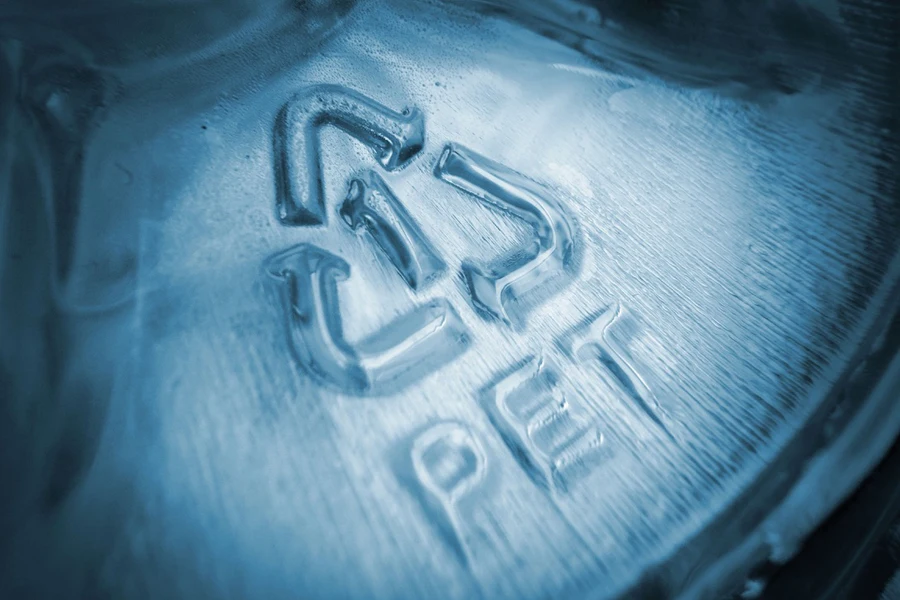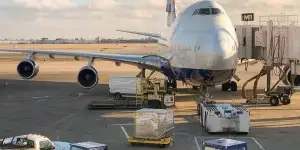Table of Contents
1. Introduction
2. The PET problem and its environmental impact
3. Coca-Cola’s approach to PET sustainability
4. PepsiCo’s approach to PET sustainability
5. Comparing Coke and Pepsi’s sustainability goals and progress
6. The role of legislation, consumer behavior, and ESG initiatives
7. Conclusion
Introduction
The world is facing a plastic waste crisis, with millions of PET bottles being purchased every minute. Coca-Cola and PepsiCo, two of the largest beverage companies, are significant contributors to this problem. In this article, we’ll compare their approaches to addressing the PET issue and evaluate their progress in achieving sustainability goals.
The PET problem and its environmental impact
Polyethylene terephthalate, or PET, is a widely used plastic material in the packaging industry, particularly for beverages. According to the EPA, the recycling rate of PET bottles in the U.S. was only 29.1% in recent years, falling short of the 30% threshold set by the Ellen MacArthur Foundation New Plastic Economy Initiative to be considered “recyclable”.
The low recycling rate can be attributed to several factors:
1. The high cost of collecting and sorting plastic
2. The presence of thousands of different plastic types that cannot be melted down together
3. The degradation of plastic after just one or two uses
4. The cheap and easy production of new plastic
As a result, most plastic waste ends up in landfills or worse, contributing to environmental disasters like the Great Pacific Garbage Patch, a debris collection spanning 620,000 square miles in the Pacific Ocean. Researchers predict that by 2050, there will be more plastic than fish in our oceans.
Moreover, as plastic bottles break down into smaller particles, they pose potential health risks. While the long-term effects of breathing in and ingesting these particles are not yet fully understood, concerns include potential links to miscarriages, lung damage, stress, and inflammation.
Addressing the PET problem requires a multi-faceted approach involving legislation, consumer behavior changes, and sustainability initiatives by companies. As two of the largest contributors to the PET waste issue, Coca-Cola and PepsiCo have a significant role to play in finding and implementing solutions.

Coca-Cola’s approach to PET sustainability
The Coca-Cola Company has set a goal to reduce its use of virgin plastic derived from non-renewable sources by a cumulative 3 million metric tons between 2020-2025. However, without knowing the total tonnage of virgin plastic they use, it is difficult to assess the ambition of this target. In 2022, only 15% of the PET used by Coca-Cola was recycled.
Coca-Cola’s sustainability efforts include:
1. Educating and encouraging consumers to recycle
2. Partnering with NGOs and upstream and downstream partners
3. Investing in recycling infrastructure, although the current investments are relatively small
Despite these initiatives, Coca-Cola has been criticized for engaging in greenwashing, which refers to the practice of making misleading or unsubstantiated claims about the environmental benefits of a product or company’s practices. The lack of specificity in their sustainability goals and the limited progress in increasing the use of recycled PET raises questions about the effectiveness of their approach.
To make a significant impact on the PET problem, Coca-Cola will need to set more ambitious and transparent targets, invest heavily in recycling infrastructure, and collaborate with stakeholders across the value chain to drive systemic change. While the company has taken some steps in the right direction, there is still much work to be done to address the environmental challenges posed by their extensive use of PET packaging.

PepsiCo’s approach to PET sustainability
PepsiCo has set more specific and ambitious targets compared to Coca-Cola. The company aims to cut virgin plastic from non-renewable sources per serving by 50% by 2030 and reduce their absolute tonnage of virgin plastic derived from non-renewable sources by 20% in the same time period. However, in 2022, PepsiCo faced setbacks, going backward on these targets by 2% and 11%, respectively. The company attributed this to greater than anticipated business growth, limited availability and high cost of recycled content, and lower than expected benefits from recent regulations.
Despite these challenges, PepsiCo has made notable efforts in exploring sustainable packaging alternatives. The company piloted and launched a bioPET bottle in Mexico, using renewable materials such as switch grass, pine bark, and corn husks. This marked the world’s first PET bottle made entirely from plant-based renewable resources. While the economic viability of producing this plastic product at scale remains uncertain, PepsiCo deserves credit for this innovative experiment.
Like Coca-Cola, PepsiCo has invested in educating and encouraging consumers to recycle and has partnered with various NGOs and value chain partners. However, PepsiCo has been more active in investing to improve the recycling infrastructure, although the current investments are still insufficient to make a significant difference.
Overall, PepsiCo’s approach to PET sustainability appears to be more ambitious and transparent than Coca-Cola’s, with more specific targets and innovative experiments in sustainable packaging. Nevertheless, both companies face significant challenges in addressing the PET problem and will need to scale up their efforts and investments to drive meaningful change.

Comparing Coke and Pepsi’s sustainability goals and progress
While both Coca-Cola and PepsiCo have set goals to reduce their use of virgin plastic and increase the use of recycled content, there are notable differences in their approaches and progress.
Coca-Cola’s goal of reducing virgin plastic use by 3 million metric tons between 2020-2025 lacks specificity, as the company does not disclose the total tonnage of virgin plastic they use. This makes it difficult to assess the ambition and potential impact of their target. In 2022, only 15% of the PET used by Coca-Cola was recycled, indicating limited progress in increasing the use of recycled content.
On the other hand, PepsiCo has set more specific targets, aiming to cut virgin plastic per serving by 50% and reduce absolute tonnage of virgin plastic by 20% by 2030. Although the company faced setbacks in 2022, their targets appear more ambitious and transparent than Coca-Cola’s. PepsiCo has also demonstrated a commitment to innovation through the development of a fully plant-based PET bottle, although the scalability and economic viability of this solution remain uncertain.
Both companies have invested in consumer education, partnerships, and recycling infrastructure, but the scale of these investments has been insufficient to drive significant change. PepsiCo has been more active in investing in recycling infrastructure, but the impact of these investments remains limited.
Overall, PepsiCo appears to be taking a more ambitious and transparent approach to PET sustainability compared to Coca-Cola. However, both companies need to significantly scale up their efforts and investments to make a meaningful impact on the global plastic waste crisis.
The role of legislation, consumer behavior, and ESG initiatives
Addressing the PET problem requires a multi-stakeholder approach involving governments, consumers, and companies. Legislation can play a crucial role in setting standards for plastic production, use, and disposal, as well as incentivizing the development of sustainable alternatives. Governments can also invest in recycling infrastructure and support research and development of new technologies.
Consumer behavior is another critical factor in addressing the PET problem. Educating consumers about the importance of recycling and reducing plastic consumption can help drive demand for sustainable alternatives and increase recycling rates. Companies like Coca-Cola and PepsiCo have a responsibility to support consumer education and behavior change initiatives.
Finally, Environmental, Social, and Governance (ESG) initiatives by companies can drive progress on PET sustainability. By setting ambitious targets, investing in sustainable packaging solutions, and collaborating with stakeholders across the value chain, companies can demonstrate their commitment to addressing the plastic waste crisis and position themselves as leaders in sustainable business practices.
Conclusion
The PET problem poses significant environmental and health challenges, and addressing it requires a concerted effort from governments, consumers, and companies. As two of the largest contributors to the PET waste issue, Coca-Cola and PepsiCo have a critical role to play in finding and implementing solutions. While both companies have set sustainability goals and invested in various initiatives, PepsiCo appears to be taking a more ambitious and transparent approach. However, both companies need to significantly scale up their efforts and investments to make a meaningful impact on the global plastic waste crisis. By working together with governments, consumers, and other stakeholders, Coca-Cola and PepsiCo can help drive the transition to a more sustainable future.

Looking for a logistics solution with competitive pricing, full visibility, and readily accessible customer support? Check out the Alibaba.com Logistics Marketplace today.




